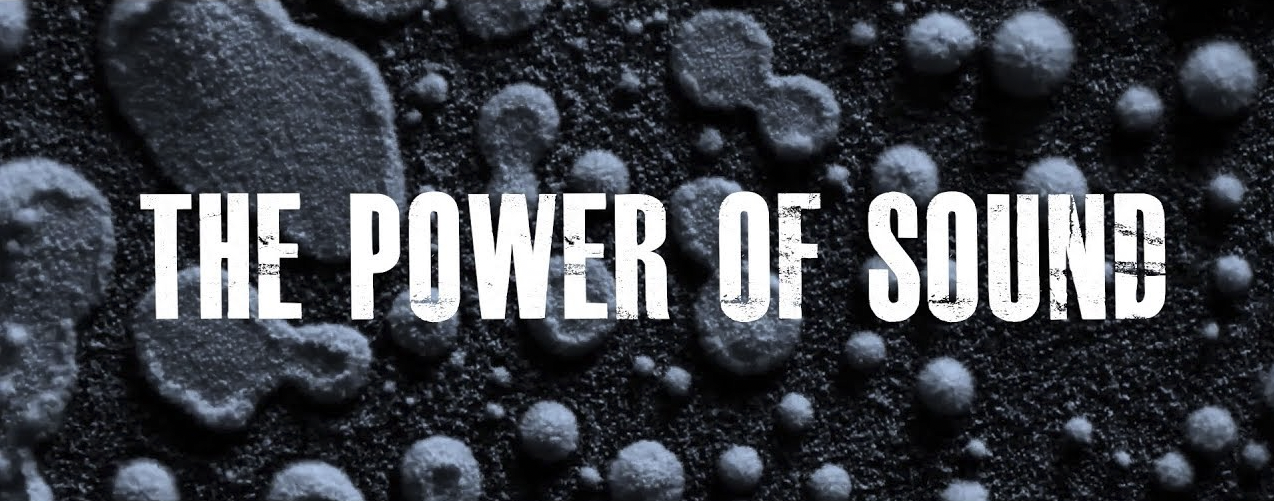Here’s how a certain WordStream post started:
“There are two magic lands. One is the land of friendly grain-grower tribes, while the other is a motherland of mean-spirited hunters warring and betraying for profit.
Can you guess which land is called Grataka and which one is called Lamoniana?”
You probably went for Grataka as the grain-grower (think gratuitous), even though these words do not exist.
And here’s why:
Phonosemantics.
This theory says that meanings come from sounds. The way a word is pronounced can create a different impression in your brain.
For instance, here are some phonemes and the associations they trigger:
- /r/ – movement and activity
- /p/ – precision and patience
- /mp/, /str/ – force, efforts
- /l/, /n/ – soft, gentle
- /b/ – big, round, and loud
If the phonosemantic theory caught your attention, here are six copywriting techniques to influence your readers:
Use repetition and alliteration
This makes your words more powerful and memorable.
Use words with the same sound based on the emotion you want to inject into your copy.
And repeat the same words many times to strengthen the meaning.
Insert sensory words
Use verbs and adjectives that make the reader see, hear, taste, and feel your content.
Converse with your reader
Some words can engage the reader’s brain and evoke emotion like you were talking to them in person.
Some of these are:
- Look…
- Let me explain why…
- Here’s the deal…
- Put another way…
- What does this mean?
Drop soundbites
These are like slogans that express your core message best.
Lately, we talked about making a piece of content memorable.
Soundbites can achieve this.
A classic example is John F. Kennedy’s “Ask not what your country can do for you, ask what you can do for your country.”
Use metaphors, rhythm, repetition, contrast, and phonemes to make soundbites attractive.
Improve the rhythm of your writing by…
- Using short paragraphs.
- Switching between short and long sentences.
- Using one sentence paragraphs every now and then. (Also remember that most internet traffic these days is mobile – i.e., small screeens.)


